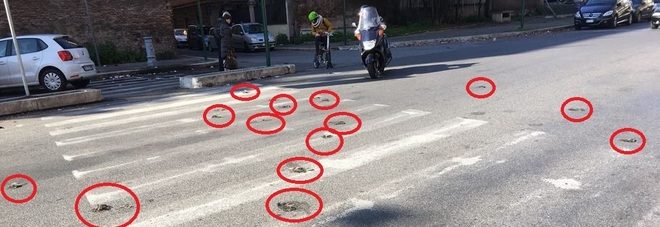OF THE
TIMES
A nation that continues year after year to spend more money on military defense than on programs of social uplift is approaching spiritual doom.
I thought the financial destruction of the collective west is the goal of the globalist elitists.
Post-capitalism is not the new feudalism. Feudalism is a person who comes and says, “In the early stages, your body belongs to me, but not as a...
And sometimes they ask me: "But how are new elites created?" When the crisis reaches its peak, new elites emerge with bloodshed. Then new...
Québec is choking on ignorants & pretentious civil servant red-tapers. (Sounds like worms don't it -- they ARE!!) Ottawa is choking on fakes...
Something else.... What are the new rulers of the world preparing for us?the dying roar of the departing class Author: Andrei Fursov There is a...
To submit an article for publication, see our Submission Guidelines
Reader comments do not necessarily reflect the views of the volunteers, editors, and directors of SOTT.net or the Quantum Future Group.
Some icons on this site were created by: Afterglow, Aha-Soft, AntialiasFactory, artdesigner.lv, Artura, DailyOverview, Everaldo, GraphicsFuel, IconFactory, Iconka, IconShock, Icons-Land, i-love-icons, KDE-look.org, Klukeart, mugenb16, Map Icons Collection, PetshopBoxStudio, VisualPharm, wbeiruti, WebIconset
Powered by PikaJS 🐁 and In·Site
Original content © 2002-2024 by Sott.net/Signs of the Times. See: FAIR USE NOTICE


Could that also be the cause of the death of multiple species around the world?